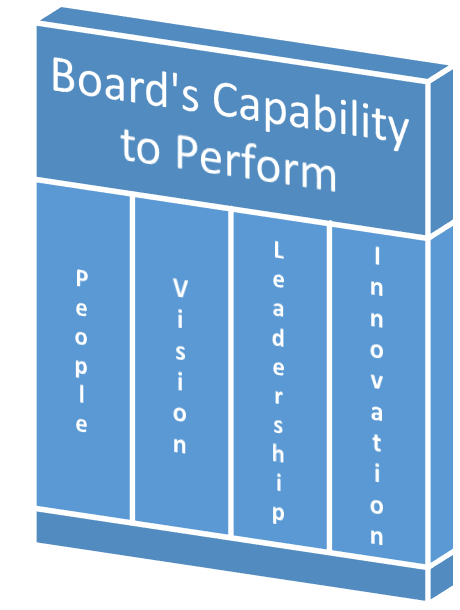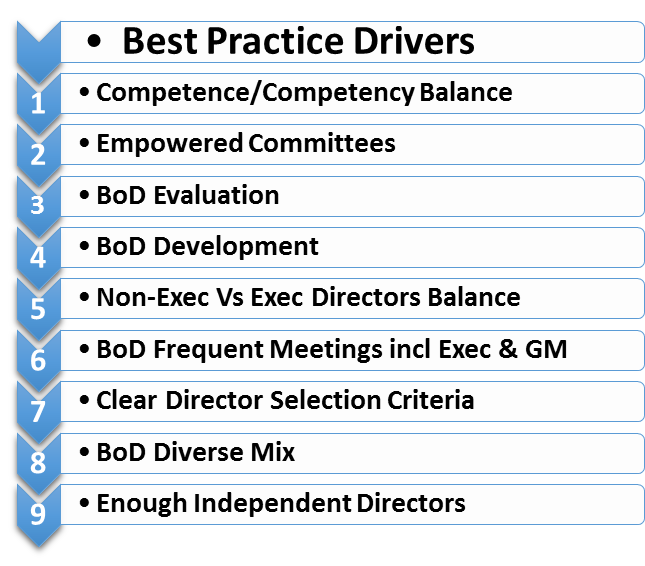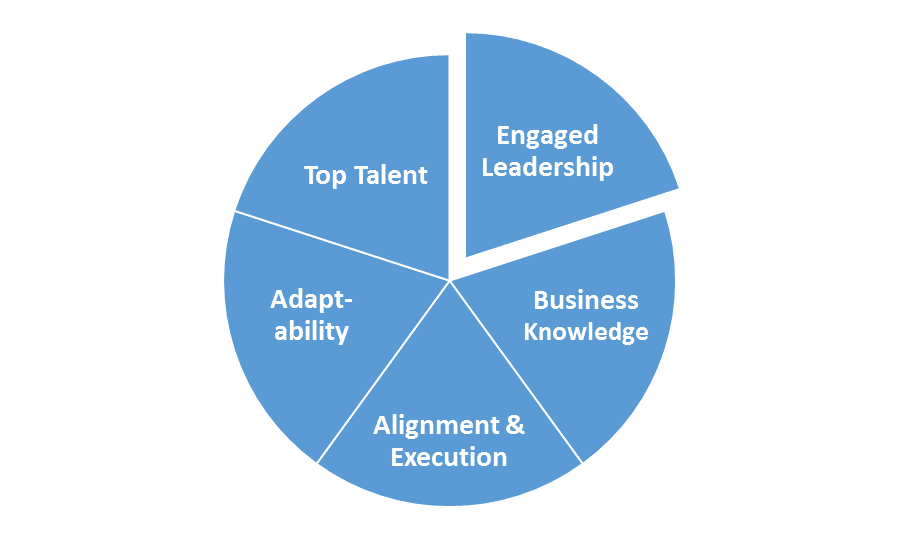The successful organization needs to operate in a culture based on corporate values and governed by ethical rules –rules that comprise the corporate code of governance. Only then can its leader execute productively its corporate mission and realize successfully its corporate vision delivering value to its stakeholders in a sustainable way.
Many “successful” businesses have adopted an elaborate “Code of Governance”, “monitored” their operations and “reported” regularly and in detail their “compliance” with the code!
Despite this, we are faced with a continuous stream of scandals –mostly in the financial and the public sectors. Mass media and politicians are asking for more monitoring!
The reality, however, is that many board members are toothless! Instead of really scrutinizing the business issues, challenging, arguing, dialoguing (or even debating) and reaching active alignment, they avoid controversy at all costs and leave the business on the auto-pilot –they allow the executive management to do whatever they wish uncontrolled and in reality unmonitored! They answer the code as a multiple-choice questionnaire and replicate last-year’s report with little substance!
What is required is more leaders capable and willing to create creative conflict!
What is needed is for the board to comprise experienced people with differing opinions, backgrounds and personalities who can, however, work together as a high-performing TEAM.
Research(1) in Europe has shown a demand for “dynamic governance” based on two main realizations: First, leadership starts at board level. Second, governance is a means of enabling and driving business performance. All things being equal, well governed companies excel.
Dynamic governance is not built on defensiveness and bureaucracy, but on the recognition that successful companies are the ones which anticipate reality (what’s happening) and foresee the future (what’s going to happen) in the environment (industry sector, technology, finance, governments, politics, geopolitics, society…). In the best organizations, the board governs upfront and monitors then –not vice-versa!
Based on a recent Heidrick & Struggles study, we can identify:

1. Four pillars as the foundation of the board’s ability to perform:
- People: continually seek top talent and engage in succession planning.
- Vision: shape and realize a clear vision and strategy with alignment and engagement.
- Leadership: promote a team culture through board leadership.
- Innovation: maximize the board’s capacity to assess risk and adapt innovatively to it.
2. Nine drivers for best practice:
- Balance of competences and competencies

- Empowered support of committees and teams
- Regular board evaluation
- Identification and exploitation of board improvement opportunities
- Balance between executive and non-executive directors
- Regular board meetings (with frequent second-level management participation)
- Clear criteria for board member replacement
- Diverse board member mix (gender, nationality, specialization, age…)
- A representative number of truly independent directors.
3. Six characteristics to be developed:

- Deep business knowledge
- Engaged leadership
- Strategic alignment and execution
- Capacity to adapt
- Top talent.
Only then effective mission and vision/strategy execution and compliance and its monitoring can be achieved!
Dynamic governance demands “more” maturity and "deeper” interaction between board members themselves and with all groups of stakeholders and hence more involvement –energy- and time-wise. It thus demands more external focus –so as to be able to actively seek to create wealth, jobs and sustainability.
Implementing dynamic governance demands clear ownership of culture and strategy, alignment and engagement. It requires “wisdom” and maturity. Above all, it requires leadership capability for both the board chair and the chief executive and their close cooperation!
In summary, dynamic governance depends on the effectiveness of the board! This demands that the board operates as a team with esprit de corps, knows and executes effectively its duties (purpose, processes, KPIs / deliverables), is effectively managed, develops actively itself, measures continually its performance, shapes, manages and owns corporate culture, mentors executive management, discusses exhaustively, resolves and decides on (executive-owned) strategic and business issues and monitors implementation and compliance.
(1) Τhe Successful Formula – How Smart Leaders Deliver Outstanding value, Andrew Kakabadse, ISBN: 978-1-4729-1684-6
20.11.2015


